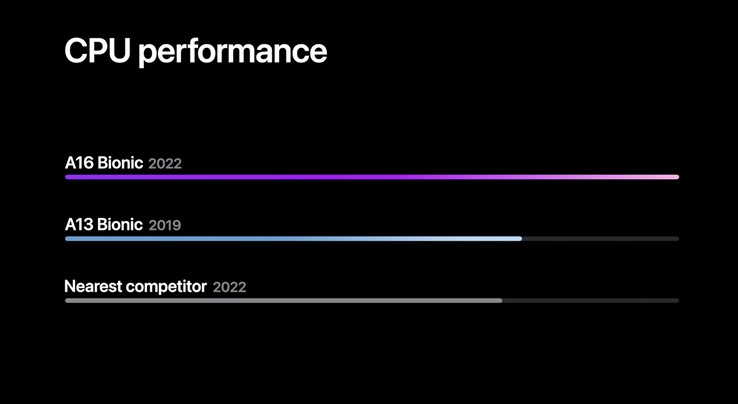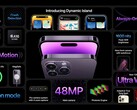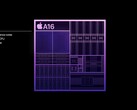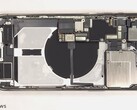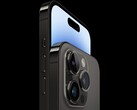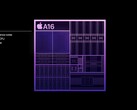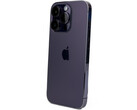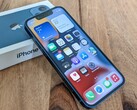As is tradition, Apple has unveiled a brand new mobile AP alongside the iPhone 14 series. It has mixed up the formula a little this time around, though. The shiny new A16 Bionic only powers the higher-end iPhone 14 Pro and iPhone 14 Pro Max, with its non-Pro siblings using last year's A15 Bionic. It isn't necessarily a bad thing, though, as the improvements bought forth by the A16 Bionic appear incremental, at best.
The Apple A16 Bionic is fabricated on TSMC's cutting-edge N4 node, which is essentially an improved version of the N5 node used for the A15 Bionic. It allows Apple to pack the A16 Bionic with 16 Billion transistors, over a billion more than its predecessor.
Unlike Qualcomm/MediaTek/Samsung, Apple has stuck to its tried and tested Hexa-core CPU design, and the A16 Bionic is no different. It features two performance and four efficiency cores. Apple claims that the former consumes 30% lesser power than the A15 Bionic and that the latter is three times more efficient than "the competition".
The A16 Bionic's new five-core CPU has 50% more memory bandwidth than its predecessor. Other features include a 16-core neural engine and ISP that can perform up to 4 TOPS (trillion operations per second). There is more to a chip's performance than raw transistor count and the number of CPU/GPU cores. Apple's claims of a 40% performance uplift are a tad suspicious.
For reasons unknown, the A16 Bionic is compared with a three-year-old A13 Bionic instead of a newer model. Apple is notorious for deceptive comparisons, and this deliberate obfuscation is likely a mechanism to conceal the sub-par generation-over-generation performance improvements.
Apple also references a "nearest competitor" from 2022, which is likely the Snapdragon 8 Gen 1. Unfortunately for Qualcomm, the SoC was doomed from the get-go due to Samsung Foundries' ineptitude. It'll be interesting to see how the A16 Bionic fares against the Snapdragon 8+ Gen 1, as both chips are manufactured on the same TSMC process.



